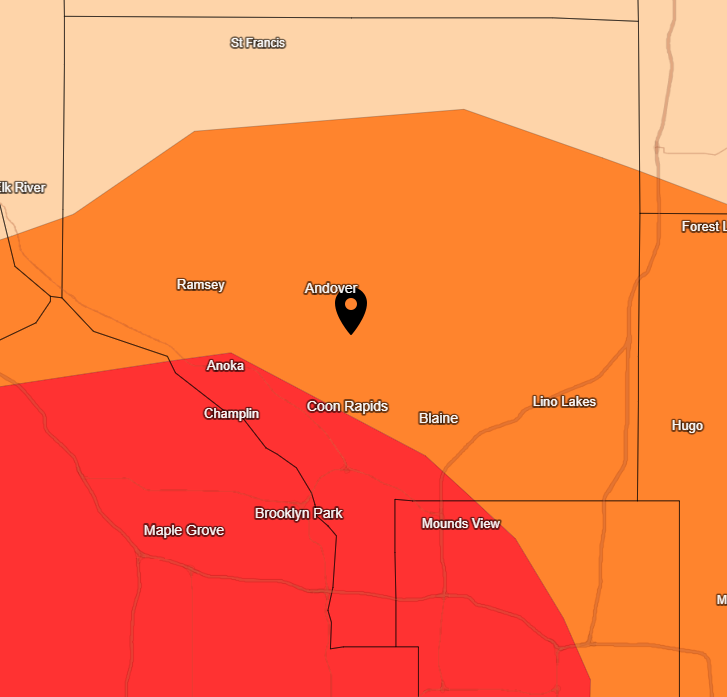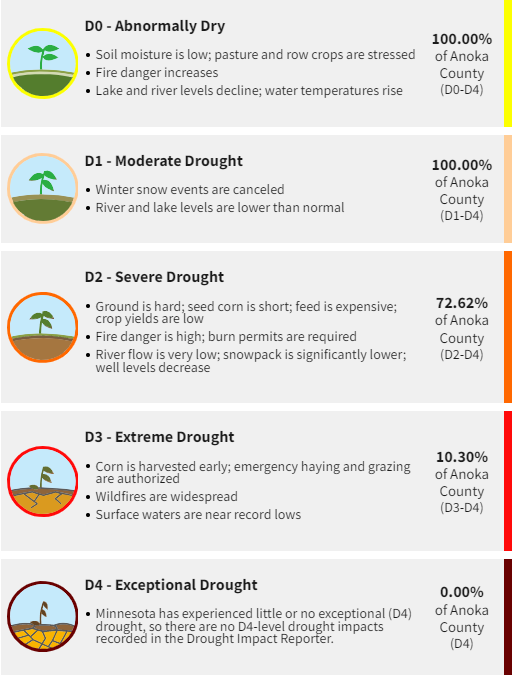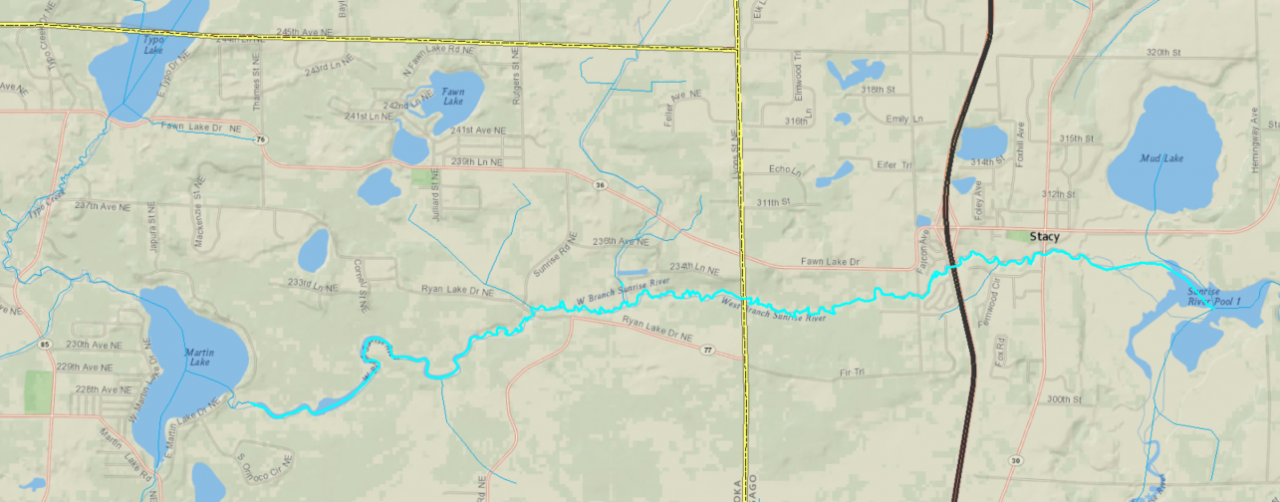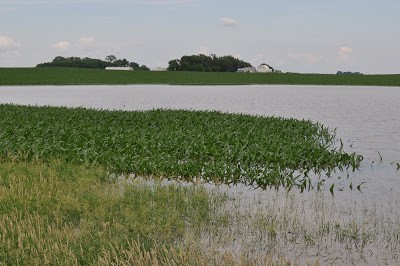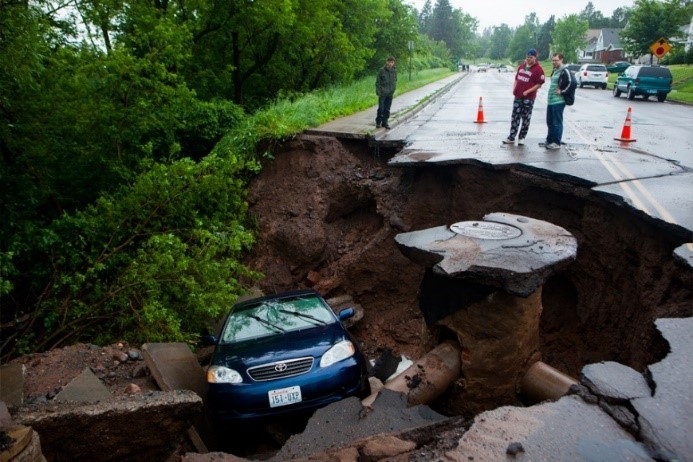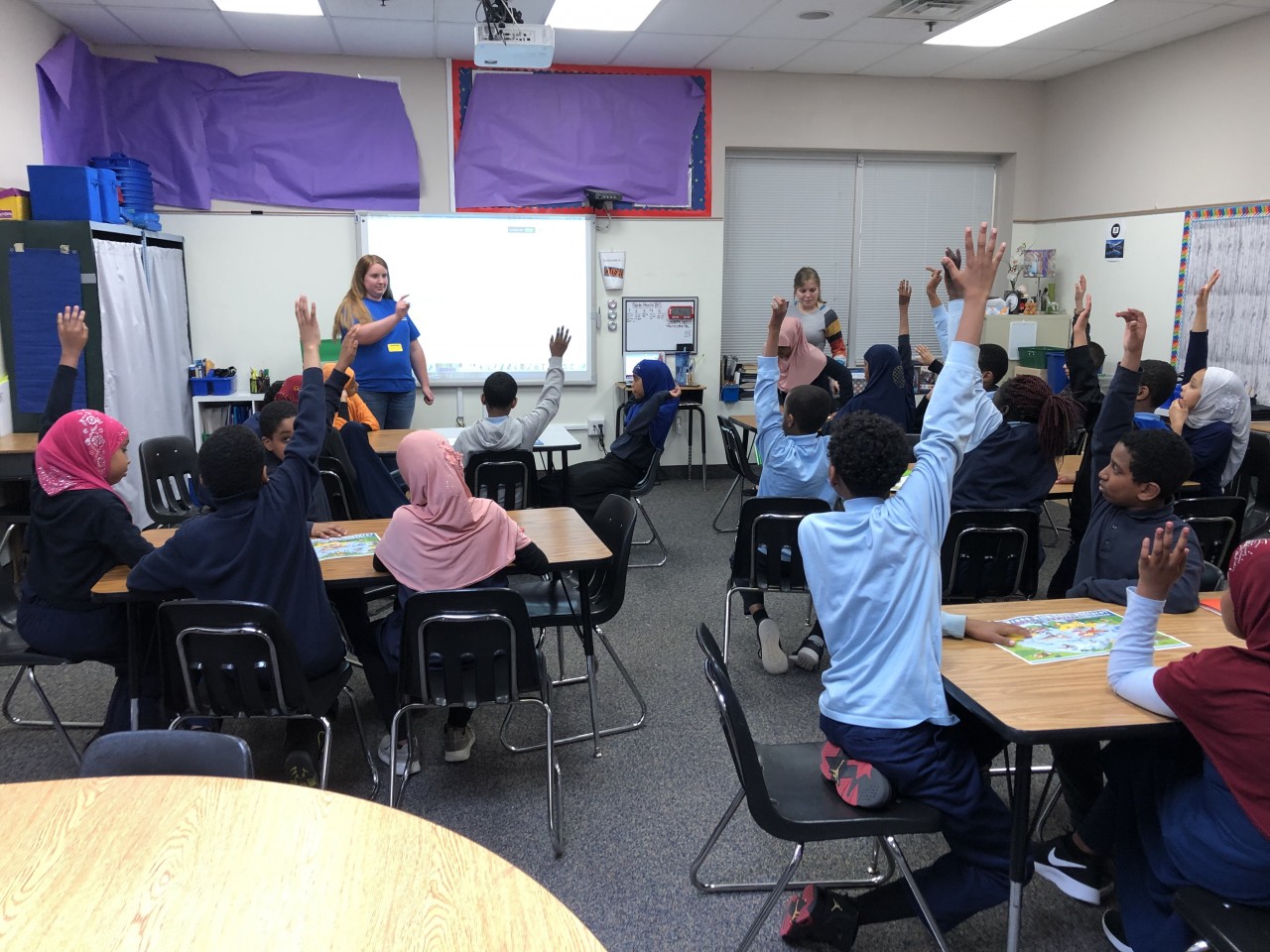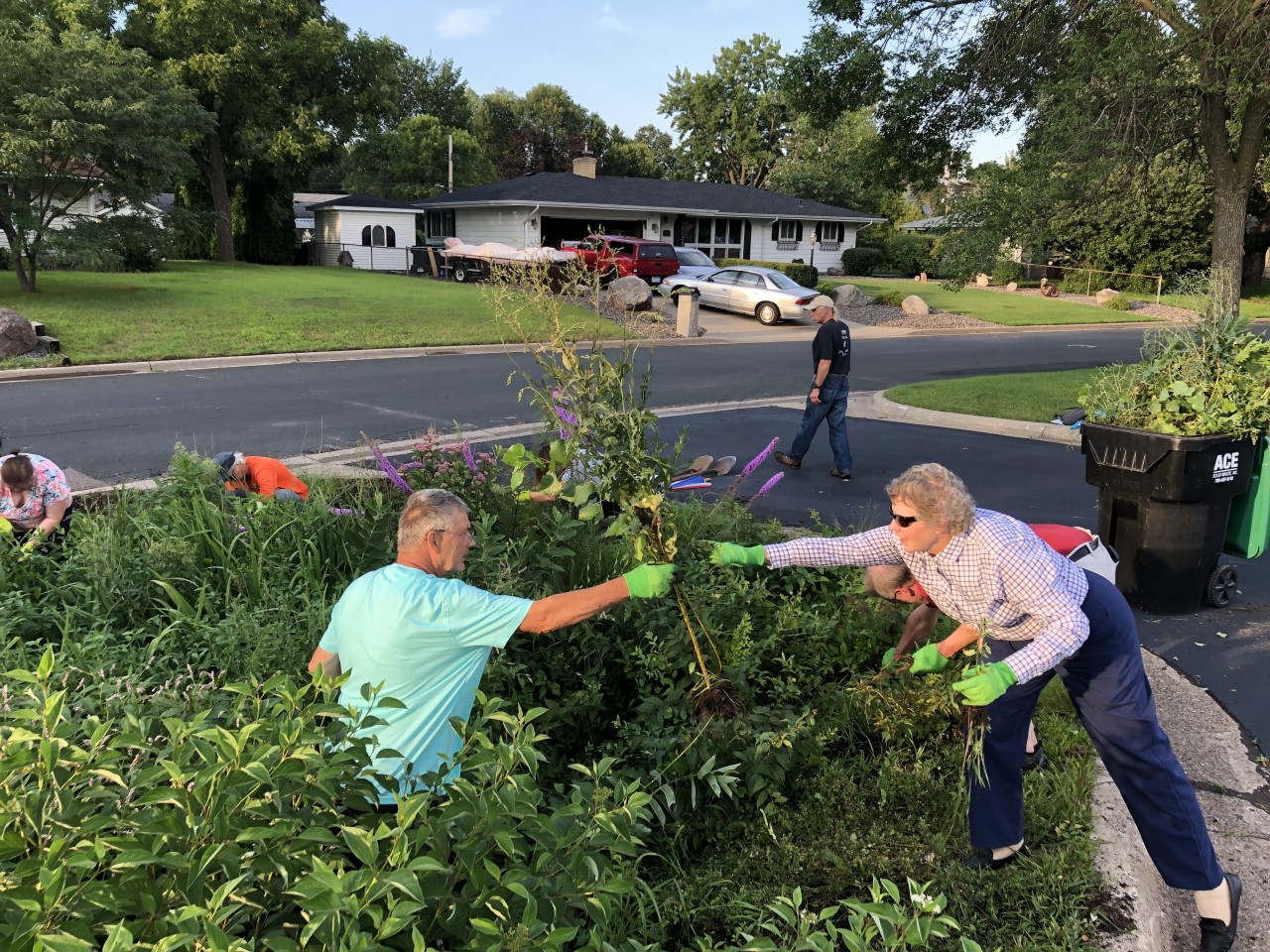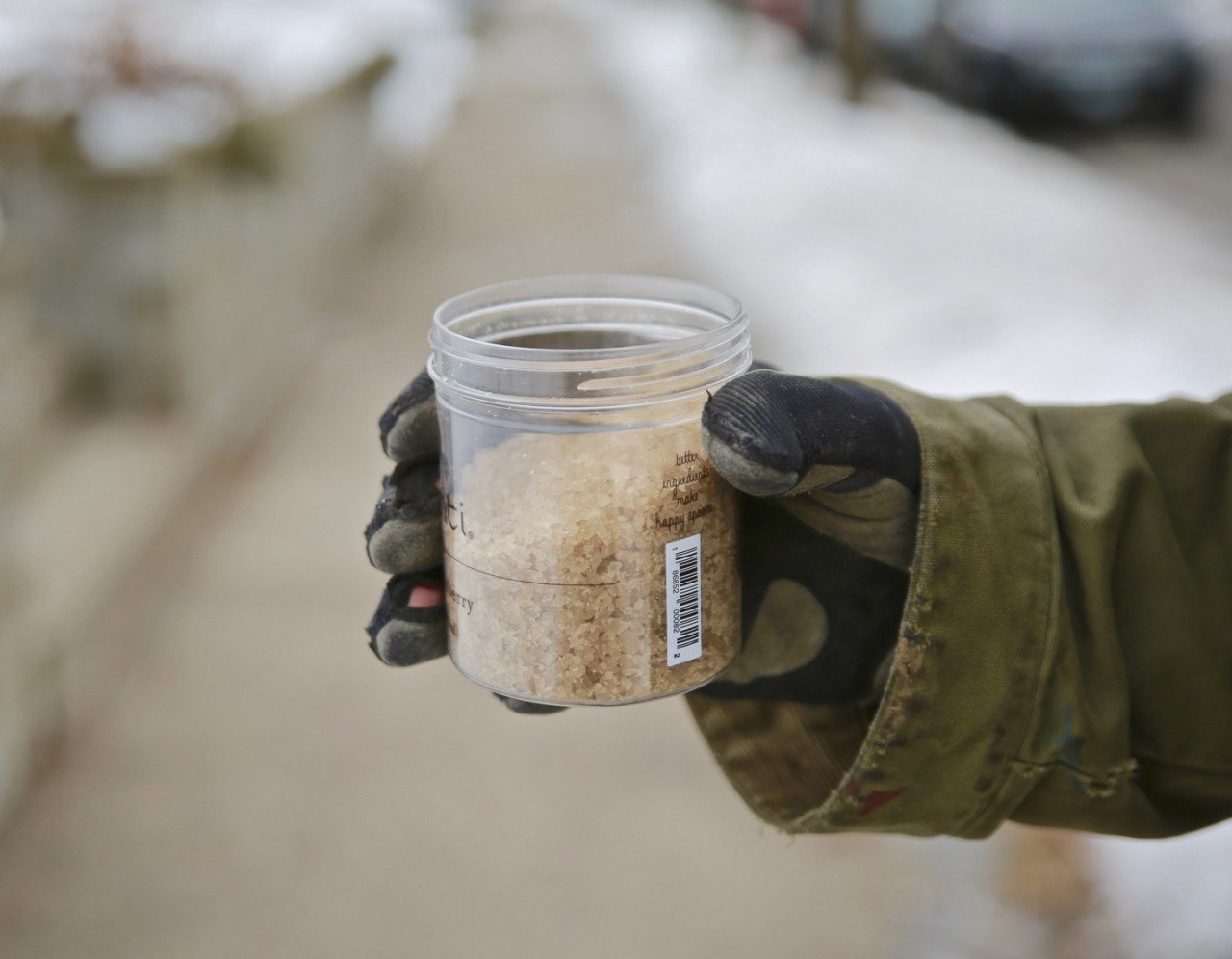Investment in water education is vital for the continued health of the environment and people. By building strong new partnerships, the Water Resource Outreach Collaborative (WROC) in Anoka County is doing just that.
The purpose of this shared outreach and engagement partnership is to inform community residents, businesses, staff, and decision-makers about issues affecting local waterbodies and groundwater resources. Through enhancement of existing outreach programming and collaborative development of new programming, WROC engages people in activities and individual behavior changes that will positively impact the health of our surface and groundwater.
Through collaboration, WROC partners are able to maximize the effectiveness of their water outreach. Partners benefit from regular resource sharing, consistent messaging, and reduced duplication of effort. Outreach efficiency is maximized because partners are able to pool their resources to develop professional materials with minimal financial stress on any one organization. Many water health outreach topics are common between partners, so having a centralized group to facilitate delivery of those topics has proven vital. Finally, through increased communication between partners, there is greater cross-coordination and promotion of events, thus extending the reach of individual partner programs.
Since January 2019, Anoka County's Water Resource Outreach Collaborative has created new resources including a Conservation Resource Library and a brochure, display, and animated video on groundwater. In addition, the Collaborative has had a presence at 40 community outreach events throughout the county and facilitated or collaborated with partners to host 22 workshops, presentations, and trainings. Notable activities from the past year include presenting to over 630 5th graders in 7 schools in the county, hosting the best-attended private well and septic system training in with 58 attendees compared to 8-12 attendees in previous years, and hosting two smart salting trainings for 85 road maintenance staff from several previously untrained municipalities including Oak Grove, Columbus, Nowthen, Linwood Township, St. Francis, and Ramsey.
In the future, the Anoka County Water Resource Outreach Collaborative will continue partnering to reach new and diverse audiences with messages of water health and conservation. The WROC partnership is an investment in the future of water education in our area. Prioritizing public education is critical to empowering everyone to act as water stewards and create a healthier world for future generations.
The Water Resource Outreach Collaborative (WROC) is a fledgling partnership of cities and watershed management organizations in Anoka County dedicated to working together for efficient and effective public education about water health in our area. It is currently funded with a Watershed Based Funding grant through the Minnesota Board of Water and Soil Resources and is facilitated by the Outreach and Engagement Coordinator, Emily Johnson, who works out of the Anoka Conservation District office. Contact Emily at This email address is being protected from spambots. You need JavaScript enabled to view it.
Learn more here: Water Resource Outreach Collaborative
